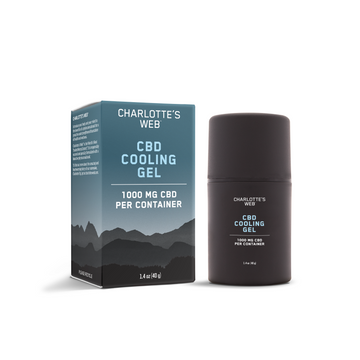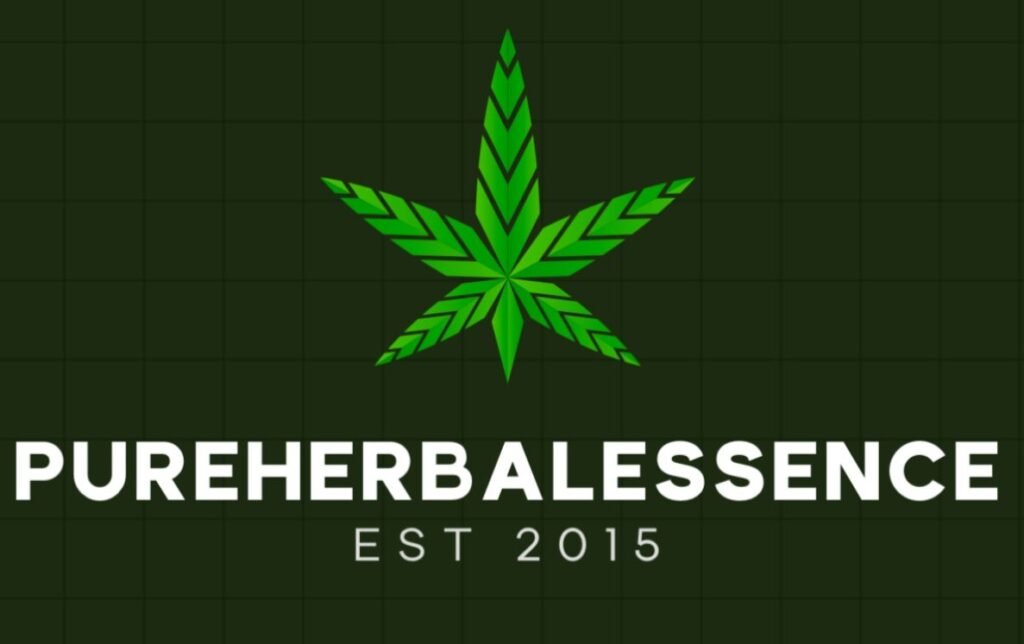Uncategorized
Advancements in Cannabis Testing: Ensuring Quality and Safety
The cannabis industry has entered a new era of scientific rigor, with lab testing cannabis products becoming the gold standard for ensuring consumer safety and product consistency. As legal markets mature, the demand for reliable cannabis testing methods 2025 has skyrocketed, driven by regulatory requirements and educated consumers who prioritize transparency. This comprehensive guide explores cutting-edge quality control in cannabis industry protocols, emerging cannabis lab trends, and the technologies revolutionizing how we verify ensuring cannabis product safety. From potency profiling to contaminant screening, we’ll examine how modern laboratories are setting new benchmarks for cannabis quality assurance.
The Critical Role of Cannabis Testing in 2025
Lab testing cannabis products has evolved from a regulatory checkbox to a fundamental pillar of consumer protection and brand integrity. In 2025, comprehensive testing addresses several critical dimensions:
Potency Accuracy
Precise measurement of THC, CBD, and minor cannabinoids (like CBG, THCV) ensures product labeling matches actual effects. Advanced cannabinoid potency analysis now detects compounds at 0.1% thresholds, preventing accidental overconsumption.
Contaminant Screening
Modern pesticide screening cannabis methods can identify over 400 agrochemicals at parts-per-billion levels, while microbial contamination testing detects harmful molds like Aspergillus in as little as 24 hours.
Product Consistency
Standardized terpene profiling techniques allow breeders and manufacturers to maintain flavor/effect profiles batch-to-batch—a key differentiator in competitive markets.
These protocols represent just the baseline of today’s quality control in cannabis industry expectations, with new cannabis lab trends pushing capabilities even further.
Cannabis Testing Methods 2025: Cutting-Edge Technologies
The most significant advancements in lab testing cannabis products involve both hardware and methodology innovations:
High-Resolution Mass Spectrometry (HRMS)
Replacing traditional GC/MS systems, HRMS provides unparalleled sensitivity in residual solvent detection, identifying contaminants like butane or ethanol at levels 1000x lower than previous thresholds.
PCR-Based Pathogen Detection
Polymerase chain reaction technology delivers same-day results for microbial contamination testing, a vast improvement over the 5-7 day wait of traditional culture methods. Some labs now offer on-site PCR units for cultivators.
3D Fluorescence Spectroscopy
This rapid-screening tool creates chemical “fingerprints” of samples, instantly flagging adulterated or mislabeled products before full analysis.
Blockchain-Enabled Test Verification
Consumers can now scan QR codes to view immutable lab reports, creating full transparency from seed to sale—a major leap in ensuring cannabis product safety.
Ensuring Cannabis Product Safety: Beyond Basic Compliance
While state regulations set minimum testing standards, leading brands are adopting more rigorous quality control in cannabis industry protocols:
Heavy Metal Phytoremediation Testing
Cannabis plants naturally absorb soil contaminants. Progressive labs now test for cadmium, lead, and arsenic using ICP-MS (inductively coupled plasma mass spectrometry) with detection limits below 0.1 parts per million.
Mycotoxin Panels
Beyond standard mold screening, these tests specifically target toxic byproducts like aflatoxins that can persist even after sterilization.
Water Activity Monitoring
A key cannabis lab trends innovation, this predicts shelf stability by measuring moisture available for microbial growth—critical for edible manufacturers.
These voluntary measures demonstrate how lab testing cannabis products has become a competitive advantage rather than just a compliance cost.
Quality Control in Cannabis Industry: From Farm to Final Product
Comprehensive testing now occurs at multiple points in the production chain:
Genetic Verification
DNA testing confirms strain authenticity, preventing mislabeled genetics—a common issue in crowded markets.
Harvest Batch Screening
Pre-processing tests identify crops needing remediation before extraction, saving thousands in wasted material.
Finished Product Validation
Final verification ensures consistency in edibles, concentrates, and infused products through:
- Homogeneity testing for even distribution in edibles
- Dissolution studies for infused beverages
- Stability testing under various storage conditions
This multi-phase approach represents the new standard in ensuring cannabis product safety across product categories.
Cannabis Lab Trends Shaping the Future
Emerging cannabis testing methods 2025 focus on speed, accessibility, and novel analyses:
Portable Lab Devices
Handheld spectrometers now provide instant potency estimates at cultivation sites, though they haven’t replaced full lab tests for compliance.
AI-Powered Contaminant Prediction
Machine learning models analyze grow conditions to forecast contamination risks before harvest.
Entourage Effect Quantification
New algorithms attempt to numerically score how cannabinoid-terpene combinations may affect users—a holy grail for product formulation.
Personalized Potency Profiling
Some premium services now tailor test panels to individual consumer needs, like extra thorough screening for immunocompromised patients.
Challenges in Modern Cannabis Testing
Despite advancements, lab testing cannabis products faces ongoing hurdles:
Standardization Gaps
Varying state regulations mean a product passing in one market might fail in another—a nightmare for multi-state operators.
Novel Contaminant Emergence
As cultivation practices evolve, labs must continuously update pesticide screening cannabis panels for new threats.
Testing Backlogs
High demand creates bottlenecks; some markets see 2-3 week waits during peak seasons.
Cost Barriers
Full-panel testing can exceed $500 per sample—prohibitively expensive for small producers.
The Business Case for Rigorous Testing
Forward-thinking companies recognize that quality control in cannabis industry pays dividends through:
Brand Protection
Recalls from failed tests can cost millions and permanently damage reputations.
Product Differentiation
“Triple-Tested” labels command 20-30% price premiums in discerning markets.
Litigation Prevention
Thorough ensuring cannabis product safety protocols provide legal defense against liability claims.
Export Readiness
International markets require exhaustive testing documentation many U.S. producers lack.
FAQ: Cannabis Testing Essentials
1. How accurate are current THC potency tests?
Modern HPLC methods achieve ±5% accuracy—far better than the ±15% of early testing but still leaving room for batch variations.
2. Can testing remove contaminants from failed product?
Some states allow remediation (like ethanol washing for mold), but many mandate destruction of failed batches.
3. What’s the most common test failure reason?
Microbial contamination causes over 60% of failures in California’s market, followed by pesticide residues.
4. Do home test kits work?
Basic potency strips provide ballpark estimates but lack the precision of lab equipment for compliance purposes.
The Future of Cannabis Laboratory Science
The next frontier in cannabis lab trends includes:
- Nanoscale contaminant detection identifying particles that evade current screens
- Real-time emissions testing monitoring terpene/cannabinoid levels during cultivation
- Blockchain-authenticated reference standards ensuring consistency across testing facilities
- Epigenetic testing predicting plant stress responses before visible signs appear
As legalization expands globally, standardized cannabis testing methods 2025 will likely converge around international ISO standards currently in development.
Conclusion: Testing as the Industry’s Foundation
Lab testing cannabis products has progressed from an afterthought to the cornerstone of legitimate cannabis commerce. The sophisticated quality control in cannabis industry protocols emerging in 2025 benefit all stakeholders—regulators gain oversight tools, businesses reduce risk, and most importantly, consumers access safer, more predictable products.
For brands, investing in cutting-edge ensuring cannabis product safety measures is no longer optional; it’s the price of competing in an increasingly sophisticated global market. As testing technologies continue advancing, they’ll unlock new dimensions of product quality and consistency that will define the industry’s future.
For ongoing coverage of cannabis lab trends and cannabis testing methods 2025, stay connected with Pureherbalessence—your trusted source for cannabis science and safety.

